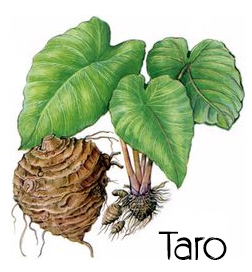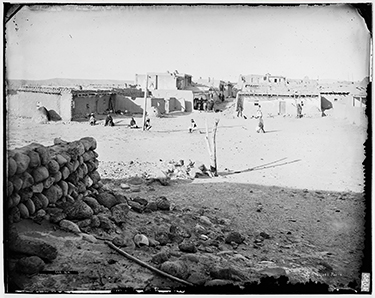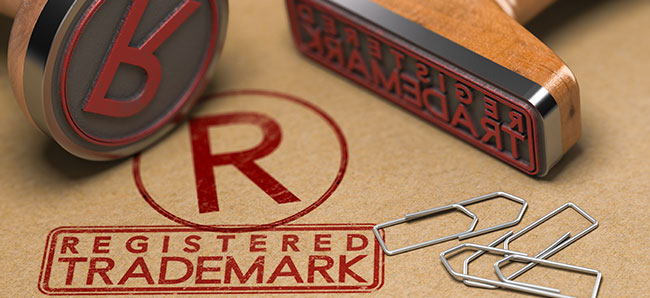A company in the mainland US recently trademarked ALOHA POKE for a chain of restaurants, and subsequently sent cease and desist letters to restaurants throughout the country. Hawaiians were, understandably, not happy with this effort to trademark a cultural and traditional expression that was very important and had great meaning to them – “aloha.”

And when one restaurant in Honolulu received the letter, they refused to change their name and they gained a lot of support and publicity, especially in Hawaii, and now legislators in Hawaii are now looking to implement protections for “Hawaiian cultural intellectual property and traditional cultural expressions,” forming a task force to submit recommendations for a legal system for these protections. These protections would include native Hawaiian words, in addition to images and genetic resources, such as taro.
Indigenous culture is typically passed through generations and held collectively, and there is not as much of an economic incentive for trademarking/copyrighting these images/words. That can create friction in the modern world, and that needs to be dealt with, both in trademark law itself and cultural sensitivity.
A similar story of cultural intellectual property…

Zia Pueblo in the late 1800s. [Wikipedia]
This matter will resonate with New Mexicans and remind us of the ZIA. The Zia symbol belongs to the Zia Pueblo, and is a sacred religious symbol, having been used for hundreds of years. It was stolen and used on the New Mexico state flag in 1925, where it is still used, along with many other uses, both by the New Mexico government and private entities.
After countless companies had used the Zia for any number of products or services, in 2014, the Zia Pueblo issued a resolution requesting any commercial entities to stop using the Zia without permission. The Pueblo requests that anyone wishing to use the Zia ask for permission, which the Pueblo typically grants so long as the use is not in a disrespectful manner. The Pueblo does ask for a small donation to their education fund in exchange for the use of the Zia.
The United States Trademark and Patent Office maintains a database of Native American Tribal insignia. This database is used to prevent others from filing trademark applications for these images. But, legal action must be maintained by the Pueblos, few of whom have the resources required to do so.
Additional protections are necessary in order to further protect the cultural property of indigenous peoples. In Hawaii, the Hawaiian State House passed the legislation and will now be voted on by the Senate.

Register a Trademark

